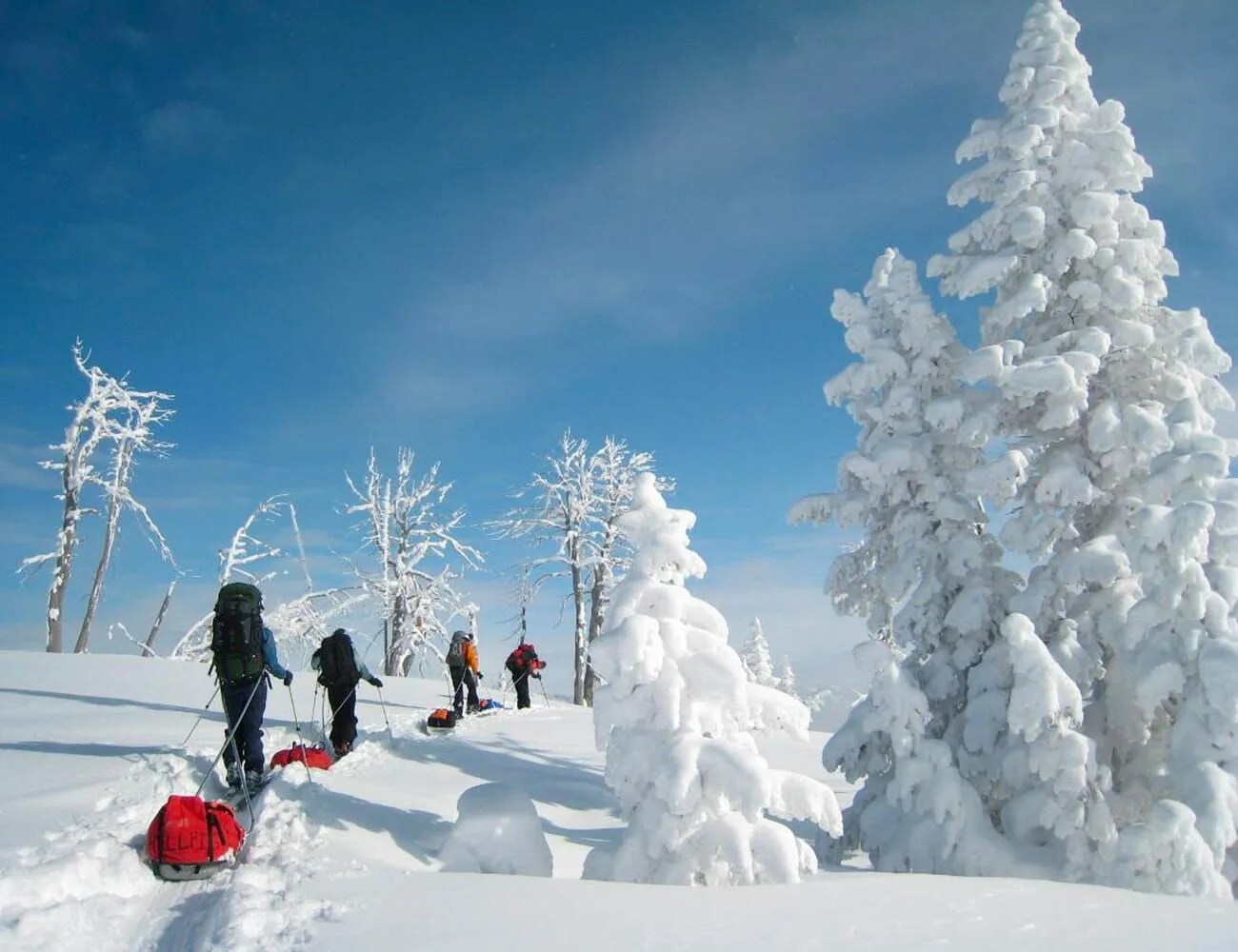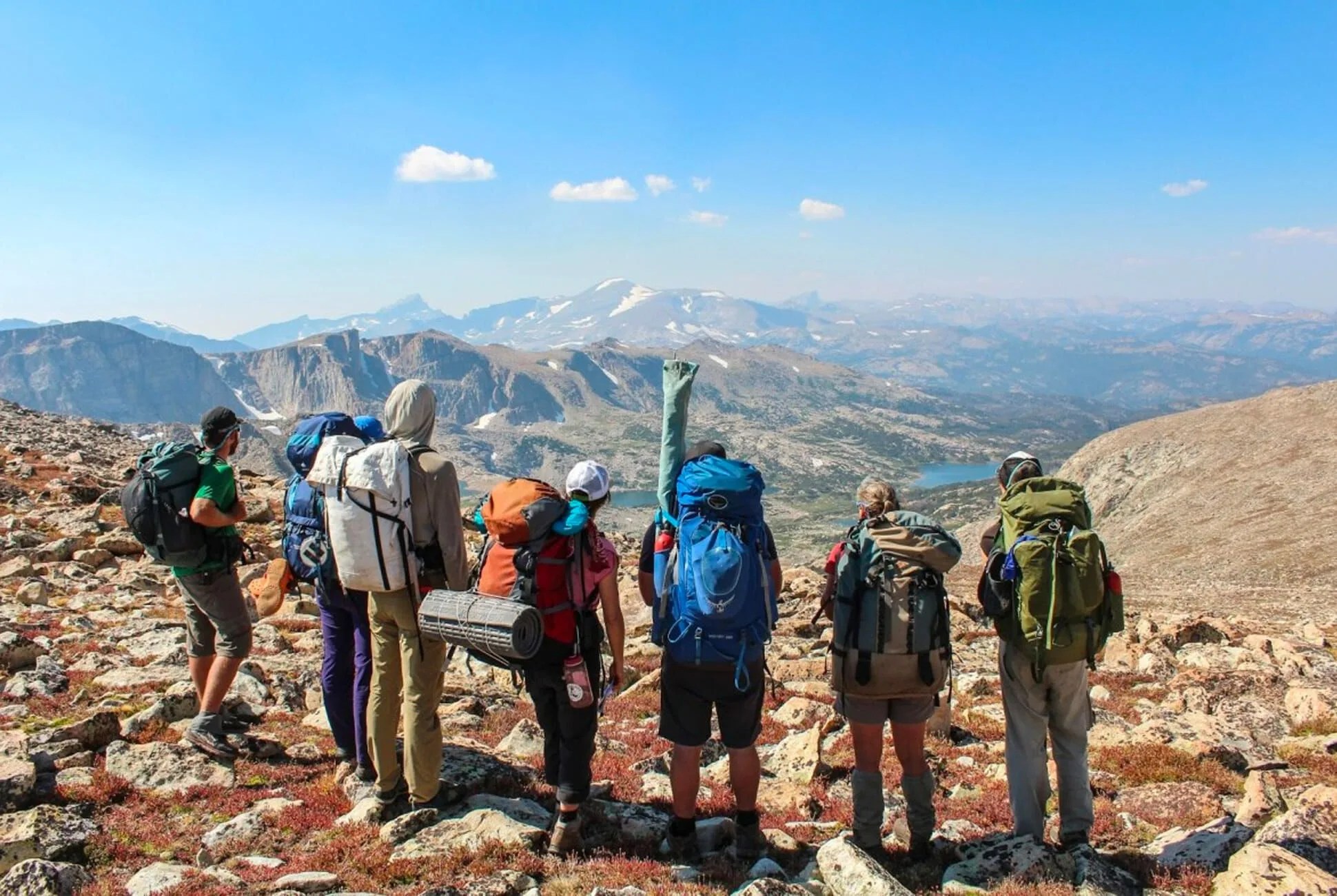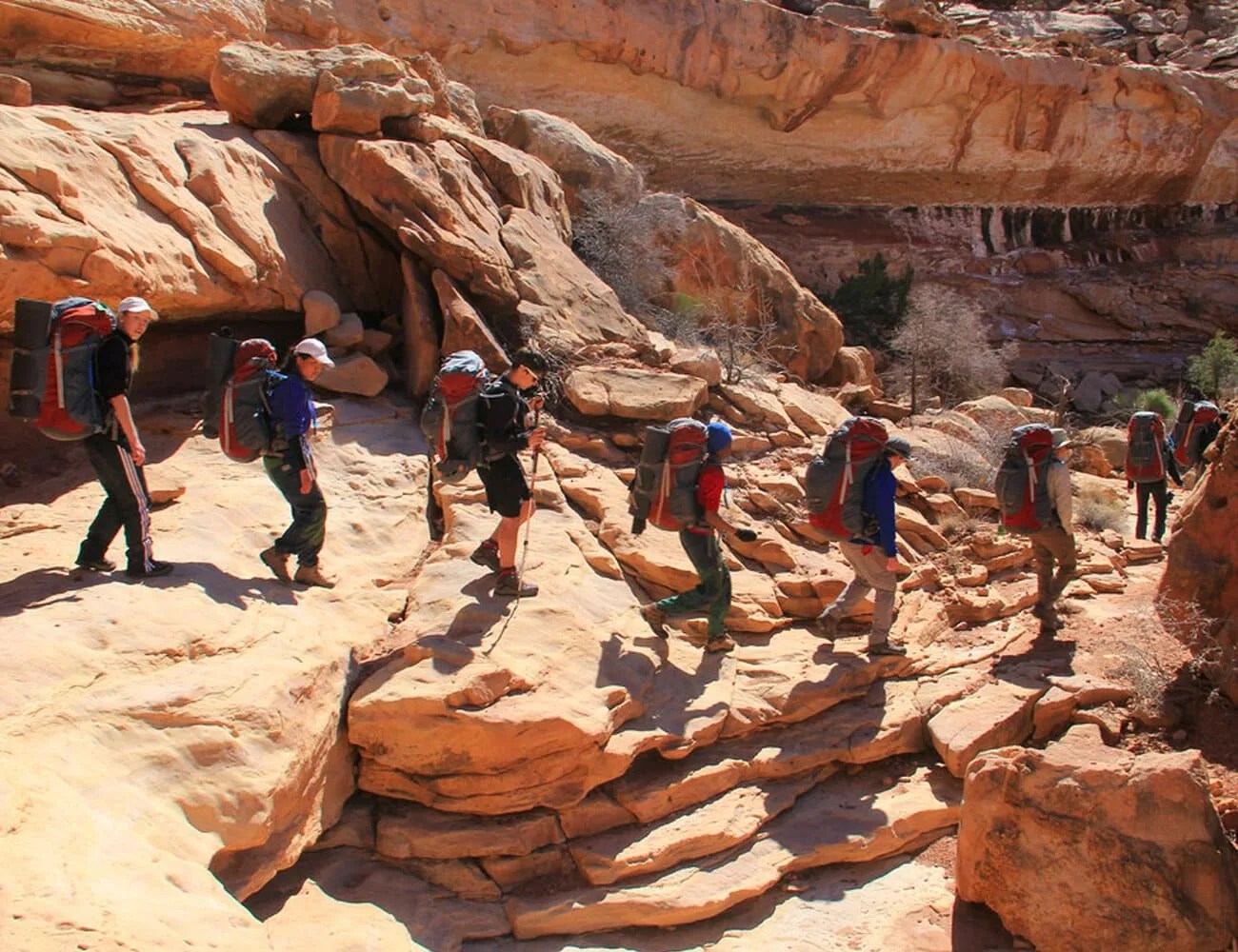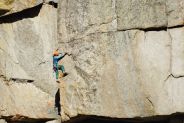What’s the difference between hiking and backpacking? The latter entails at least one night spent in the outside, and probably a lot more miles and plenty more gear. Backpacking is a practice in immersion — a pair of hiking boots and a water bottle won’t cut it; you’ll need everything required to live and be comfortable outside, starting with a bigger backpack.
Leveling up from day hike to multi-day trek requires greater consideration, particularly when it comes to what to bring. Perhaps no organization has thought more about the subject than the National Outdoor Leadership School (NOLS), a nonprofit wilderness school that enrolls more than 26,000 students in programs located in 16 remote locations around the world. Course curriculum might include triangulation by map and compass or self-arresting from a glacial crevasse. Ensuring that its students are adequately outfitted for its various programs is one of NOLS’s elementary responsibilities. Needless to say, the packing lists that it sends to prospective students are calculated and extensive.
Marco Johnson has been working at NOLS for more than 30 years, leading courses in Alaska, Patagonia and all over the world. For him, packing for a backpacking trip (or a mountaineering course or a backcountry skiing course, etc.) is second nature, but each new course offers an opportunity to help others consider what they need to bring to move and live comfortably in the backcountry. “We want our students to have the right gear for the course without breaking their budget, and we don’t want to recommend so much that they’re carrying too much stuff,” he says. Below, Johnson shares his system for how to think about what to bring on any backpacking trip.

Photo: Matt Burke (NOLS)
How to Pack for a Backpacking Trip
First, ask yourself what type of trip you’re planning. Johnson says that you should think about this in four ways:
Season. “What time of year is it? That will dictate the weather, and weather will dramatically impact the equipment you take.”


